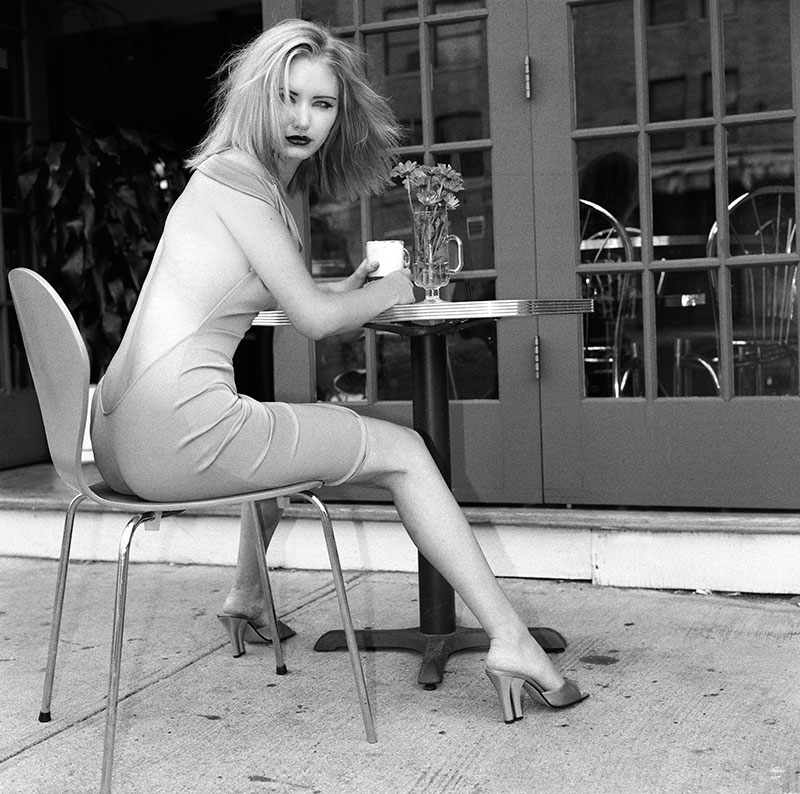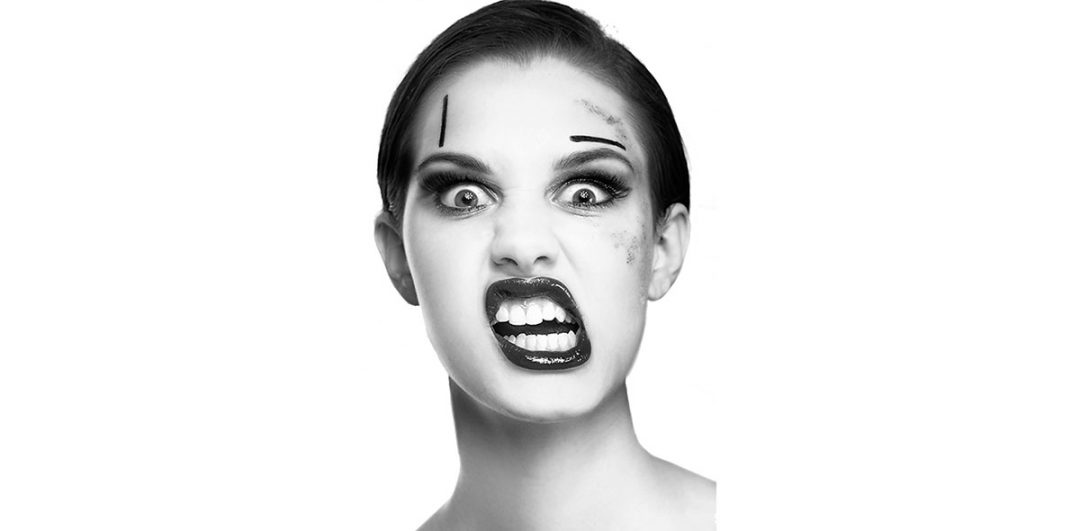Artificial Lighting
especially flash/strobe artificial lighting, was probably the biggest hurtle I climbed. But it ended up being a paper Tiger. Not that there is anything wrong with natural light photography. It’s been employed by such greats as Peter Lindbergh and Bruce Weber for some time. But I think for many young photographers,… which I was at the time,… it was a challenge. Especially during the pre-digital era. Doing a Polaroid wasn’t the same as checking a little screen on the back of your camera.
Artificial Light – Is Daylight Easier?
When you just didn’t trust, (or understand), a thyristor, flash meters or later TTL, a continuous light source, artificial or not, made more sense. Especially as there was a time lag between taking the image and getting the film back. Hence, I myself fell victim, or just feared, any sort of strobe or on camera flash. I guess if you’re a street shooter, (Henri Cartier-Bresson), or a Sebastio Salgado,…or even a Leicaphile who believes in the sanctity and purity of never using flash, it doesn’t much matter. But most photographers will have to eventually tackle this issue.

Below I’ve listed the lighting and various cameras and lenses I used. The cover photo was done with an F5 and 85mm lens. By that point, I was very comfortable with strobes. A 5 foot silver umbrella with one strobe head was used. It was literally inches from her face. In fact, I cut a small hole in the umbrella to stick the camera lens through.
The multiple catchlights in her eyes are the result of the “panels” of silver material which took the one strobe and reflected it as multiples. To accomplish this, the umbrella needs to be inches from the subject. Move it back, and it melds into one. The farther a light source is moved away from the subject, the harder the light source becomes. (a 5 foot umbrella 10 feet away is pretty much like an on-camera direct flash, hard shadows and all) The model is from Click Models in NYC.
Artificial Lighting – Tungsten and Strobe
While in the image above, you can see the $40 Minolta X-370 was my first camera. I used both daylight, (large window), and a photoflood behind her head. (B&W) Yes, they sold tungsten balanced film at the time. But I was never comfortable with it. Mostly due to mixing daylight with tungsten. Tungsten, (such as photofloods), had a Kelvin of about 3200 kelvins. Much lower than regular ol’ daylight film. So, I mostly just shot black and white with photofloods. But that phase passed quickly. The second was the same girl using Portra 400 and natural window light again, with a simple Rokkor 50mm lens. BTW, I had to use people I knew at the time. No agency would even talk to me yet. But the great thing about daylight is it’s free. Other than an occasional reflector, setup is easy.
Nikon EM
Consequently, I took a lot of pictures with the Minolta X-370 in black and white or daylight. But eventually,…the door fell off! And I started assisting, and was exposed to what the “big guys” used. So, on to a Nikon EM, then F4s, then F5 and Rollei 6008. While I had short love affairs with others, the F4s, F5 and Rollei is what I used professionally. But, I’m getting ahead of myself. The images below were shot with the Nikon EM and a series E 50mm. (still poor) No artificial or strobe light sources. I lived in a loft at the time and had a skylight. All window light.

Last, but not least, is the Rollei with the Zeiss 80mm lens and the Nikon F4s with a Nikkor 50mm f/1.4 AI-s. I could have used an AF Nikkor, but I had gotten so use to manually focusing that I thought I’d remain a purist. I was very comfortable with strobes and Nikon flashes by this time, and used them all the time. But I was fine with still using natural daylight for some images. (below)

…And Nikon

The above images were taken in studio with Profoto and Hensel strobes. Actually, the first image is a Nikon F4s and the second a Nikon F5. It really made no difference in the images since I used the same lens with both. I only prefer the F4s now because I like knobs as opposed to LCD’s. And the F4s is better in a fight. 🙂 Nikon F4s or Minolta X-370 or Rollei 6006

